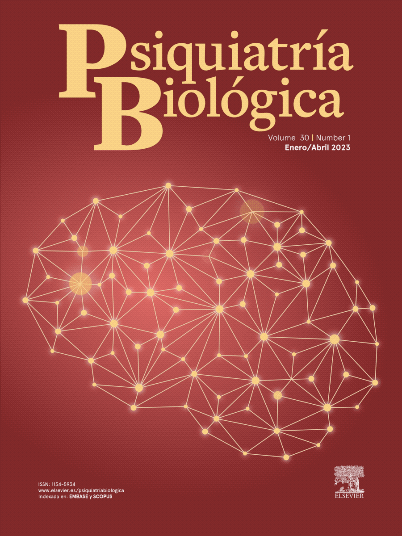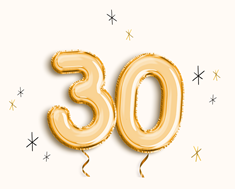was read the article
| Year/Month | Html | Total | |
|---|---|---|---|
| 2024 December | 117 | 2 | 119 |
| 2024 November | 23 | 3 | 26 |
| 2024 October | 29 | 1 | 30 |
| 2024 September | 47 | 0 | 47 |
| 2024 August | 50 | 6 | 56 |
| 2024 July | 31 | 3 | 34 |
| 2024 June | 38 | 0 | 38 |
| 2024 May | 58 | 4 | 62 |
| 2024 April | 49 | 9 | 58 |
| 2024 March | 53 | 10 | 63 |
| 2024 February | 49 | 0 | 49 |
| 2024 January | 55 | 2 | 57 |
| 2023 December | 68 | 3 | 71 |
| 2023 November | 1 | 0 | 1 |
| 2023 October | 0 | 2 | 2 |
| 2023 September | 1 | 2 | 3 |
| 2023 August | 0 | 5 | 5 |
| 2023 July | 1 | 4 | 5 |
| 2023 June | 1 | 0 | 1 |
| 2023 March | 1 | 0 | 1 |
| 2022 December | 1 | 0 | 1 |






